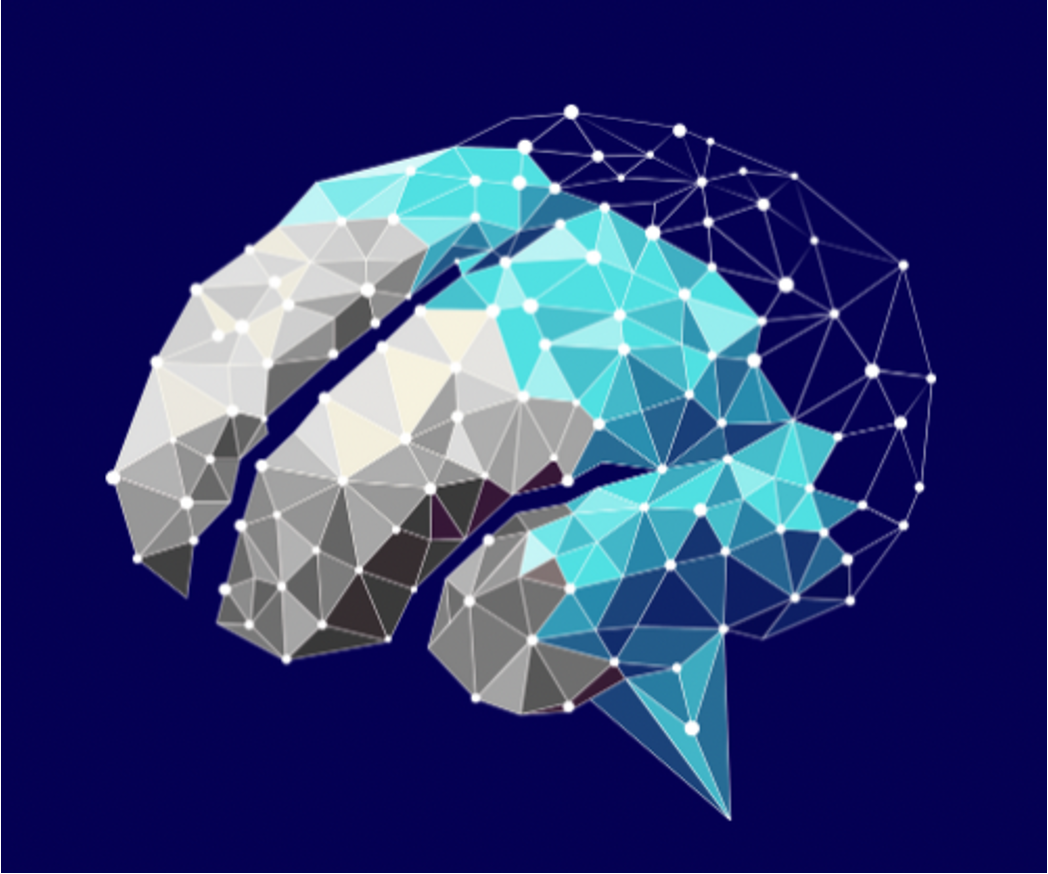Unraveling the Stomach-Brain Connection with AI Digital Twin Technology
Based on our recent feature in scientia.global
For over 2,000 years, Hippocrates’ declaration that “all diseases begin in the stomach” has sparked medical inquiry. Today, this ancient idea finds new resonance as modern science explores the intricate connection between the stomach and the brain, known as the gut-brain axis. At ABS Technologies, we are leading this frontier with our groundbreaking Artificial Intelligence Digital Twin platform.
The gut-brain axis is a bidirectional communication system, involving complex interactions between the gastrointestinal system and the central nervous system (CNS). These interactions often manifest in psychosomatic conditions such as irritable bowel syndrome (IBS) and functional dyspepsia. Despite their prevalence, the biological mechanisms underlying these conditions remain poorly understood due to their complexity.
Our AI Digital Twin addresses this challenge by integrating a vast range of biological and clinical data to simulate the stomach-brain connection in unprecedented detail. This computational platform incorporates everything from the microscopic activities of ion channels and intracellular biochemical reactions to the macroscopic behaviors of tissues and organs. By leveraging deterministic computational systems biology alongside machine learning, the platform overcomes the limitations of conventional AI methods, enabling precise and generalizable predictions.
A Comprehensive Digital Model of the Gut-Brain Axis
Key to this innovation is the mathematical model of the Neuro-Glial-Vascular Unit (NGVU) developed by Dr. Alexander Hermann. This foundational element of the brain, when integrated with our advanced stomach model developed by Dr. Roustem Miftahof, creates a fully functioning digital twin of the stomach-brain axis. This model allows us to analyze how gastric motility, sensory nerve signaling, and CNS regulation contribute to both healthy and diseased states.
For example, functional dyspepsia—affecting 5–11% of the global population—presents symptoms like epigastric pain and postprandial fullness without a clear organic cause. Using our platform, we can analyze the biomechanics and neurochemical signaling underlying this condition, offering insights into novel diagnostic methods and personalized therapies.
From Research to Real-World Application
Our platform is not just a scientific innovation—it is a practical tool designed to transform patient care. We are collaborating with healthcare professionals and patients to refine our system based on real-world feedback. A pilot study with the Asklepios Klinik in Hamburg is planned to evaluate the platform’s application in treating psychosomatic gastrointestinal disorders. This is a critical step toward integrating digital twin technology into routine clinical practice.
The Future of Personalized Healthcare
The AI Digital Twin represents the future of medicine: a shift from generalized treatments to personalized care. By bridging the gap between computational biology and clinical medicine, ABS Technologies is redefining how we understand and treat complex conditions at the intersection of the stomach and brain.
As highlighted in scientia.global, this pioneering work demonstrates how digital twin technology can unravel the mysteries of the gut-brain axis and pave the way for innovative, patient-specific healthcare solutions.


